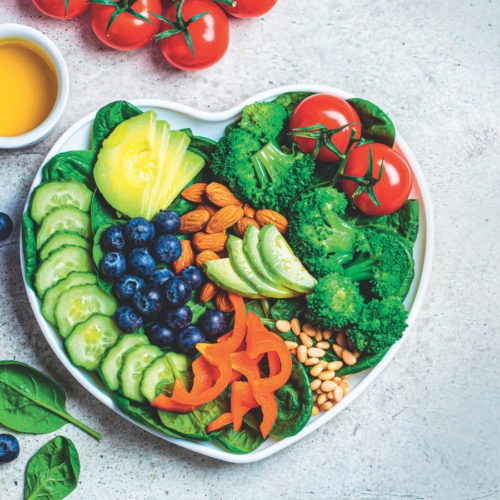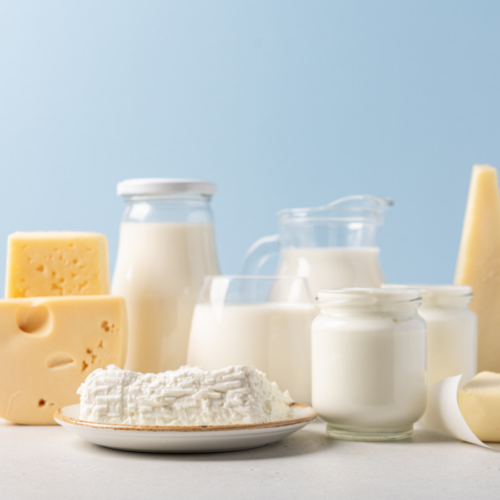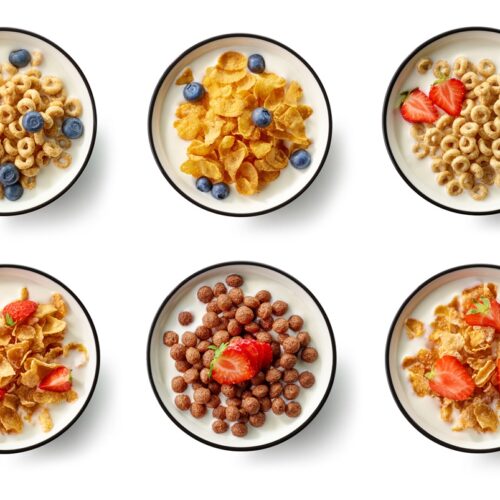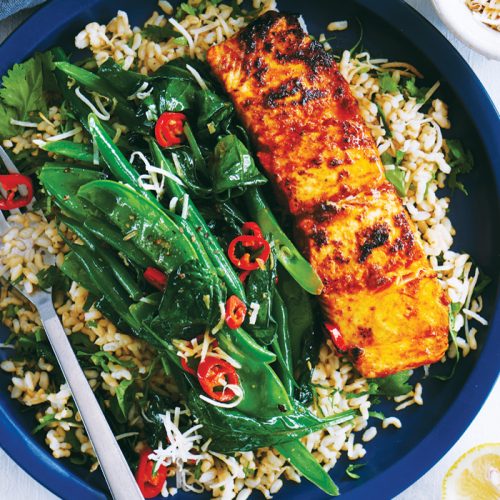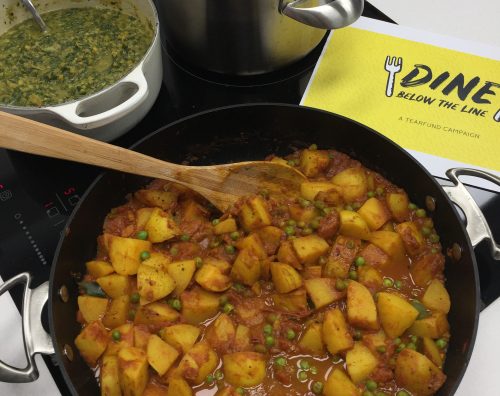
$2.85 is not much to make a meal from. It’s even less to eat on for an entire day. And it’s even less to live on, completely.
Over 700 million people worldwide live below that $2.85, the international poverty line. As an ambassador for Live Below the Line, I’m trying to eat on that amount for five days this week.
I’m doing it because I can’t accept that we have diseases of excess – obesity, heart disease, diabetes – and diseases of under-nutrition co-existing in our world. It’s not right that we waste a third of the food we produce globally, and still one in nine people goes to bed hungry.
As a food writer, I’m used to coming up with clever solutions to food-based problems. So while challenging, I thought this one wouldn’t be so hard to solve either, with a bit of cunning and know-how.
I spent several hours working out my meal plan for the week. I costed out my recipes, as I’m used to doing, to the nearest cent. I had what I thought was not a bad menu, and it was within budget. A small set of ingredients, made into several main meal options and a couple of breakfasts on rotation. This will be OK, I thought.
On day one I discovered it wasn’t really. My breakfast of oats, banana and yoghurt was relatively satisfying. Until 11am, when my tummy was rumbling. I made a potato and pea curry for an early lunch, which again was simple and tasty, but didn’t really give me that feeling of being full, despite the rice I had with it. It was nice. It was just not quite enough.
That feeling was because my meals weren’t giving me enough protein or kilojoules. The protein is important for that full feeling, satiety. There’s a theory known as protein leverage which suggests we are programmed to naturally seek out enough protein; if we don’t get it, we just keep eating. I couldn’t do that, of course.
Protein is expensive. I included eggs, yoghurt and lentils in my week’s food but apart from one tin of sardines I couldn’t make animal protein work. So I’ve been feeling just a little bit hungry, most of the time.
That is a distracting feeling, even when you’re not working writing about food all day. It makes it hard to concentrate, and it makes you feel a bit obsessed with food. It puts you into a dieting mindset. It’s a feeling I do not enjoy.
I’m sharing my main meal recipes here; as I mentioned these are both a bit low in kJ and the potato curry is low in protein. If you do have more than $2.85 a day to spend on food, this is easy to fix, as noted.
Potato and pea curry
Total recipe cost: $3.94 ($0.98 per person)
To make this healthier: I’d add more veges – a carrot and some spinach – and you could boost the protein with some nuts. Cashews or peanuts would be nice in here think. Or you could add some lentils. Or you could add some chunks of tofu.
Serves 4
1 cup brown rice
400g potatoes, cut in 2cm chunks
2 teaspoons oil
1 teaspoon turmeric
1 clove garlic, finely chopped
1 spring onion, sliced
5cm piece ginger, finely chopped
1 tablespoon garam masala
1-2 teaspoons chilli flakes
1 can diced tomatoes
150g frozen peas
coriander to garnish
4 tablespoons yoghurt to serve
1 Cook brown rice according to packet instructions until tender.
2 Place potatoes in a pot and cover with water. Bring to the boil and cook for 5 minutes, until just tender. Drain.
3 Heat half the oil in a hot pan. Fry potatoes for 5 minutes, until just coloured, then add turmeric and toss, coating potatoes. Cook for 1 minute. Remove potatoes from pan and set aside.
4 Add remaining oil to pan and lower heat to medium. Add garlic, spring onion, ginger and curry powder and stir, cooking for 1 minute. Add tomatoes and half a cup of water (or more if you need it) and bring to a simmer. Add potatoes and simmer, allowing liquid to reduce, for 5-8 minutes. Add peas just before serving.
5 Serve curry with rice, garnished with coriander and yoghurt.
Spicy red lentil dhal
Total recipe cost: $4.24 = $1.06 per person
To make this healthier: my inclination would be to add some more veges – broccoli, courgette, beans – anything green!
Serves 4
¾ cup brown rice
2 teaspoons oil
1 spring onion, sliced
1 teaspoon chilli flakes
1 tablespoon curry powder
5cm piece ginger, finely chopped
1 clove garlic, finely chopped
1 cup red lentils
salt and black pepper, to taste
½ 500g pack frozen spinach
fresh coriander, to garnish
4 tablespoons yoghurt
1 Cook brown rice according to packet instructions until tender.
2 Heat oil over a medium heat in a large pan. Add spring onion, chilli, curry powder, ginger and garlic. Cook, stirring, for two minutes. Add lentils and 2 cups water and bring to a simmer.
3 Simmer for 10-15 minutes, adding more water if needed. Taste and season. When lentils are tender, add spinach and stir through.
4 Serve dhal with rice, coriander and yoghurt, and extra chilli if you like it.
Niki Bezzant is Healthy Food Guide’s editor-at-large.
*Follow Niki’s journey on her Instagram account @nikibezzant
www.healthyfood.com


